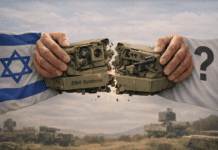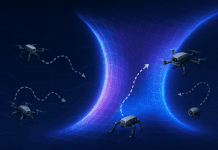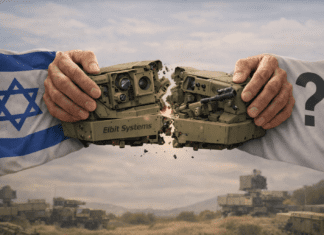This post is also available in:
 עברית (Hebrew)
עברית (Hebrew)
A groundbreaking tracking and location technology will soon allow emergency agencies to pinpoint their firefighters to within centimeters, helping to navigate them quickly and safely out of potentially disorienting emergency scenarios.
The POINTER (Precision Outdoor and Indoor Navigation and Tracking for Emergency Responders) technology, a wearable and portable, cost-effective system, has been developed by the US Department of Homeland Security Science and Technology Directorate (S&T), working hand-in-hand with first responders to build this system to their specifications.
“From containing small kitchen fires to carrying civilians out of burning homes to securing local infrastructure, first responders put their lives on the line daily to ensure the safety of their communities,” said Greg Price, who leads S&T’s first responder research and development programs. “The reality is, even with all of the advances made in firefighting technology, we still lose far too many firefighters each year. We want them to know that we have their backs, that we are working to give them the tools they need to ensure their own safety. POINTER is that solution.”
S&T has collaborated with the NASA Jet Propulsion Laboratory (JPL) in Southern California and first responder stakeholders since 2014 to develop POINTER that could succeed where existing products may fail.
For instance, technologies that use GPS, acoustic sensors, radio location, radio-frequency identification, ultra-wideband radar or other methods often lose signal or face position drift in line-of-sight denied environments. Many can’t penetrate through certain building materials or even reach underground.
POINTER can do all of this and more, making it both more accurate and reliable. It uses magnetoquasistatic (MQS) fields to three-dimensionally track and locate responders in low-visibility environments.
The system operates in three parts: a transmitter, a receiver, and a base station – a laptop computer located at incident command.
What is now the size of a cell phone will ultimately be reduced in scale and potentially integrated into existing firefighting equipment.
Since development began, POINTER has evolved from a technology that could track first responders to within three meters of accuracy to now locating them within centimeters of their actual position, according to hstoday.us.

























